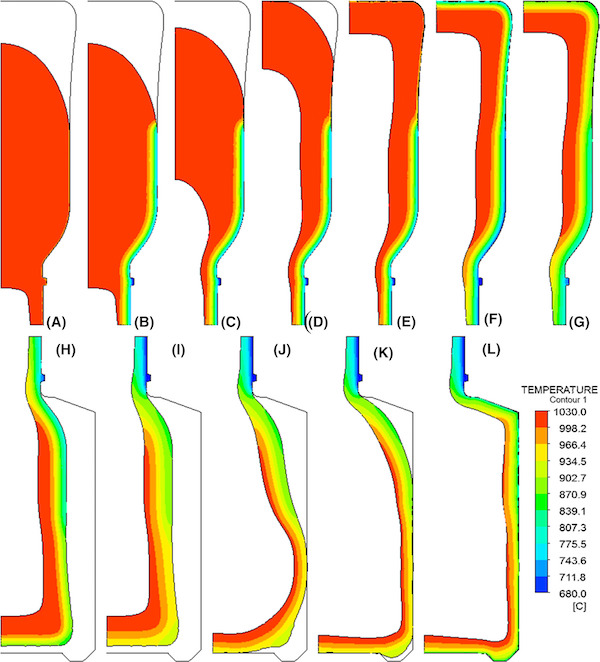
[Image above] Designing creative perfume bottles takes time and money. Virtual modeling may hold the key to unlocking the age-old conundrum of good, fast, and low-cost. Credit: Pixabay
Are perfumes all about the scent? Yes, and no. Not only does a perfume’s scent say something about the personality of the wearer, a perfume’s branding does as well.
Perfumers carefully craft their brand image, from advertising and marketing down to the aesthetics of the packaging and the bottle. This careful branding is one reason iconic fragrances such as Chanel No. 5 continue to dominate the market decades after their introduction—even though the scent stays the same, the presentation of the perfume remains chic and fresh.
The perfume bottle especially plays a large role in crafting a brand image, but designing new bottles presents a special challenge for manufacturers. Glass is the material traditionally (and conventionally) used for perfume bottles, as glass is transparent and preserves the properties of the fragrance stored inside. However, as perfumers prioritize form over function in order to offer the most creative aesthetic appeal, perfume bottles tend to have difficult shapes with complex glass thickness distributions and a low tolerance to container defects.
Given the importance of aesthetic, creative bottles in building and retaining a brand image, developing robust fabrication methods is necessary to minimize waste and associated costs. Consistent manufacturing starts with engineering the glass, the molds, and the processing parameters. Unfortunately, this manufacturing process currently relies upon empirical knowledge and trial-and-error development cycles, which are expensive and time consuming.
Virtual process modeling offers the potential to reduce both the cost and time of development needed for creating new perfume bottles while improving robustness to process variability by simulating mold equipment and process conditions on a computer.
However, if you are like me, you dread seeing the word “modeling”—modeling involves high-level math in order to incorporate a wide range of material properties and many engineering parameters such as temperature, pressure, and heat flow, plus more. Add to that the complexity of the blow and blow (B&B) molding technique used for manufacturing perfume bottles and the mathematical requirements only increase.
Fortunately, a recent article published in the International Journal of Applied Glass Science explains the development of a numerical model for manufacturing perfume bottles that can handle the mathematical complexity of B&B manufacturing. Though there is a lot of math, the researchers do an excellent job of relating the most important aspects of the equations and the model to the material properties and engineering parameters.

The researchers of this study—Adrià Biosca, Salvador Borrós, and Andrés-Amador García Granada (Chemical Institute of Sarriá), Vincenç Pedret Clemente (Ramon Clemente), and Matthew Hyre (University of Northwestern)—wanted to model the effects that molds used to shape bottles have on finished products, and then compare these predictions to commercially manufactured bottles.
The researchers specifically targeted the distribution of glass in two bottles with very different shapes. The researchers discussed material parameters such as viscosity and thermal conductivity and how they arrived at the values they used. They also discussed engineering parameters including cycle time, wall friction, stresses, and heat transfer between the glass and the mold along with the effects of varying modeling parameters.
In the end, the researchers showed rather good agreement between the model and the finished bottles. Thus, they foresee their manufacturing partner Ramon Clemente being able to improve quality while also reducing the time and expenses of iterative development cycles.
Interested in learning more about latest advancements in glass science? The June/July issue of the ACerS Bulletin, now available online, features articles discussing recent glass innovations!
The paper, published in the International Journal of Applied Glass Science, is “Numerical and experimental study of blow and blow for perfume bottles to predict glass thickness and blank mold influence” (DOI: 10.1111/ijag.13208).
